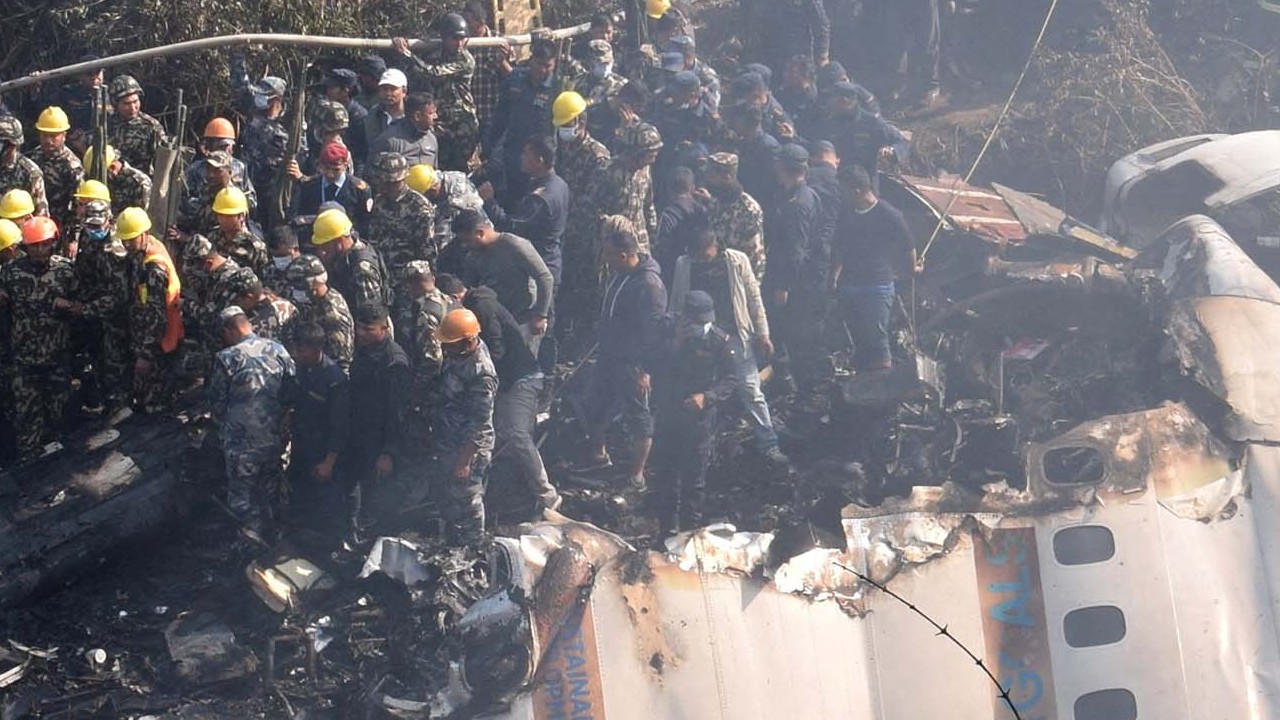Nepal plane crash: infrastructure revamp needed to cope with ‘treacherous terrain’, experts say
- Pilots require ‘a whole different level of awareness’ to land safely in Nepal, where a flight crashed with 72 people on board over the weekend
- Global aviation watchdogs must support Nepal in investigating cause of plane crash and improving its fraught flight safety record, observers urge

It is Nepal’s deadliest plane crash in three decades, but the country has had a fraught aviation record which experts attribute partly to hard-to-access rocky terrain and sudden weather changes in the Himalayan nation with the tallest mountain peaks in the world.
“Nepal has the most inhospitable and treacherous terrain that one can find in aviation. To fly an aircraft in Nepal needs a whole different level of awareness,” said Mark D Martin, member of the Royal Aeronautical Society UK and CEO of Martin Consulting and Aviation Safety firm in Asia.
But he added that Nepalese pilots were “amazingly skilled” and it would be wrong to pin the blame on pilot error without a thorough probe.
He also said global aviation watchdogs needed to support Nepal in revamping its airline infrastructure.
“It is extremely important that the crash is not only investigated by the civil aviation authority of Nepal, but also by the European Union Safety Agency which is at the forefront of safety regulation,” Martin said.
